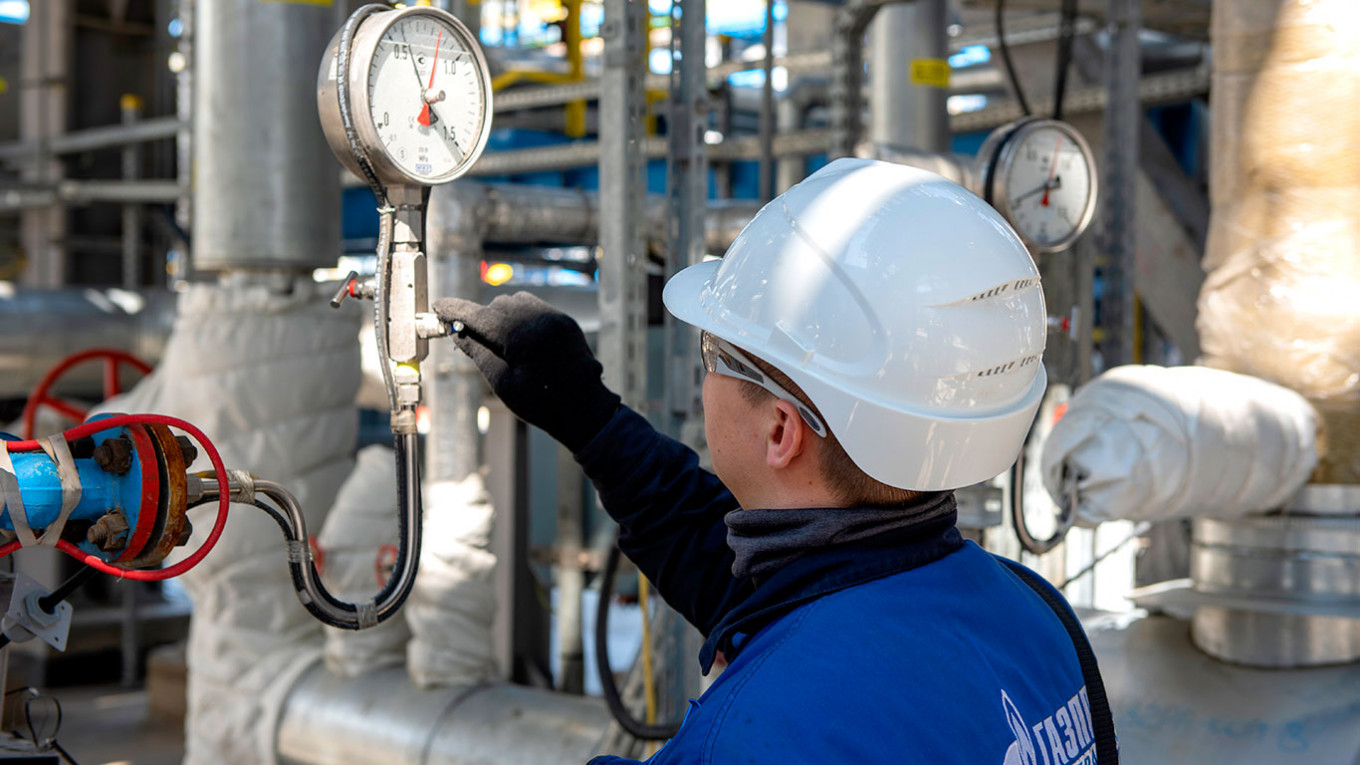Gas distribution installations play a pivotal role in supplying natural gas to residential, commercial, and industrial users. Over the years, advancements in technology and a growing emphasis on sustainability have led to significant innovations in the design, construction, and maintenance of these installations. This article explores some of the unique developments in Régulateur de gaz that are shaping a safer and more sustainable future.
- Smart Metering and Monitoring:
One of the notable advancements in gas distribution installations is the integration of smart metering and monitoring systems. Traditional gas meters are being replaced by smart meters that provide real-time data on gas consumption. This not only enhances billing accuracy but also enables consumers to monitor and optimize their gas usage. Additionally, these smart systems contribute to the early detection of leaks, ensuring prompt action to prevent potential hazards.
- Automated Leak Detection:
Safety is a paramount concern in gas distribution, and recent innovations focus on automated leak detection technologies. Advanced sensors and monitoring devices are deployed throughout gas distribution networks to identify and pinpoint potential leaks swiftly. Automated systems can shut off gas flow immediately upon detection, reducing the risk of accidents and environmental damage.
- Renewable Gas Integration:
As the world transitions towards renewable energy sources, gas distribution installations are adapting to incorporate renewable gases such as biomethane and hydrogen. These gases, derived from organic waste or produced through electrolysis, offer a cleaner alternative to traditional natural gas. Integrating renewable gases into distribution networks not only reduces carbon emissions but also supports the shift towards a more sustainable and circular economy.
- Resilient Infrastructure Design:
In response to the increasing frequency and intensity of natural disasters, gas distribution installations are incorporating resilient infrastructure designs. Elevated structures, reinforced pipelines, and redundant systems are being implemented to withstand extreme weather events, earthquakes, and other potential disruptions. These measures enhance the overall reliability of gas distribution networks and contribute to the resilience of critical infrastructure.
- Remote Monitoring and Control:
The advent of the Internet of Things (IoT) has enabled remote monitoring and control of gas distribution installations. Operators can now monitor and manage these installations from centralized control centers, allowing for quicker response times and improved overall system efficiency. Remote capabilities also contribute to preventive maintenance, reducing downtime and ensuring the continuous and reliable supply of natural gas.
Conclusion:
Gas distribution installations are undergoing a transformative phase, driven by technological innovations and a commitment to sustainability. The integration of smart metering, automated leak detection, renewable gas sources, resilient infrastructure, and remote monitoring is shaping a future where gas distribution is safer, more efficient, and environmentally conscious.
